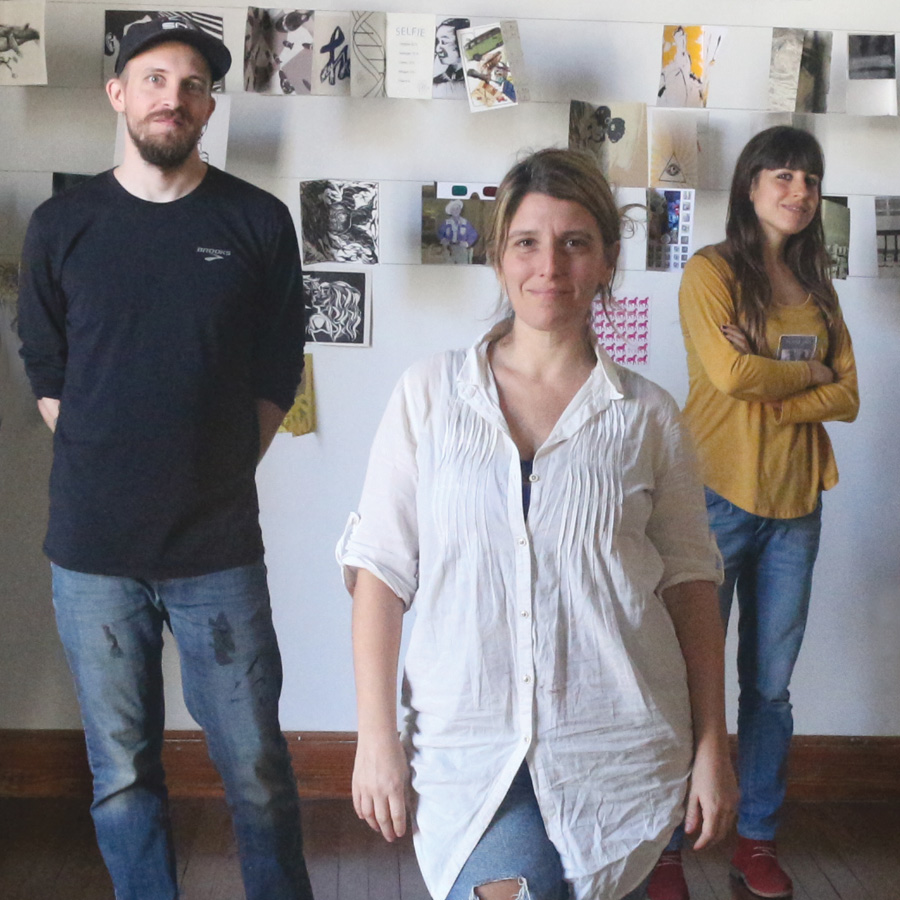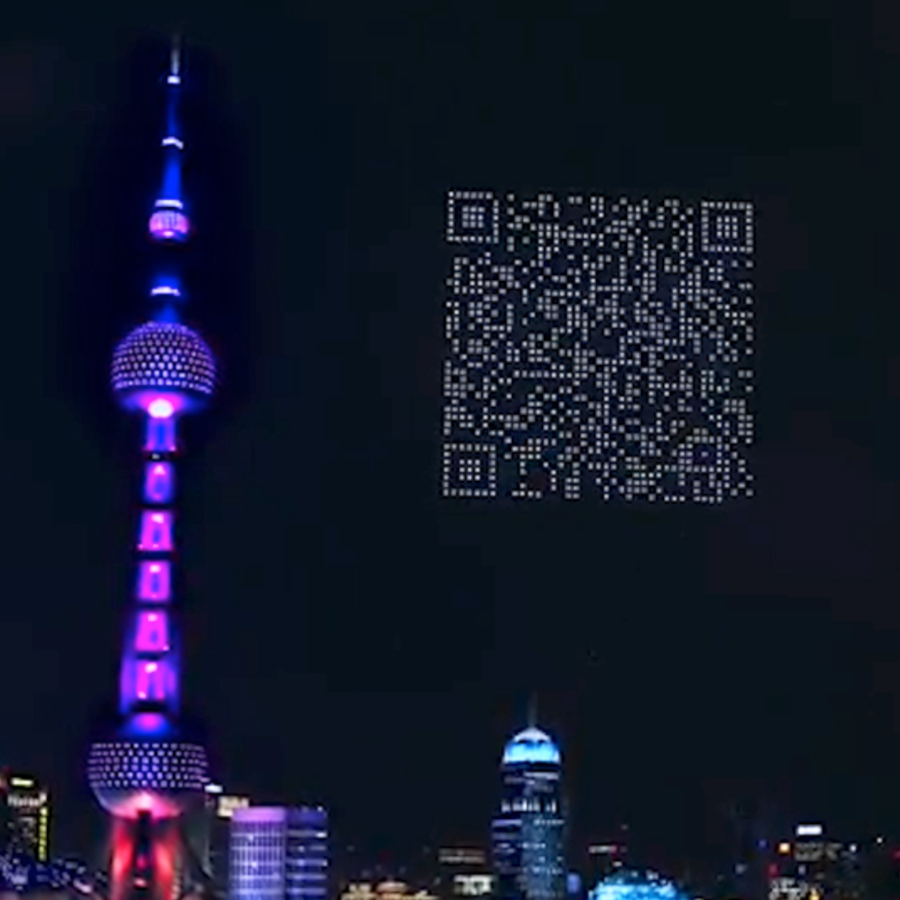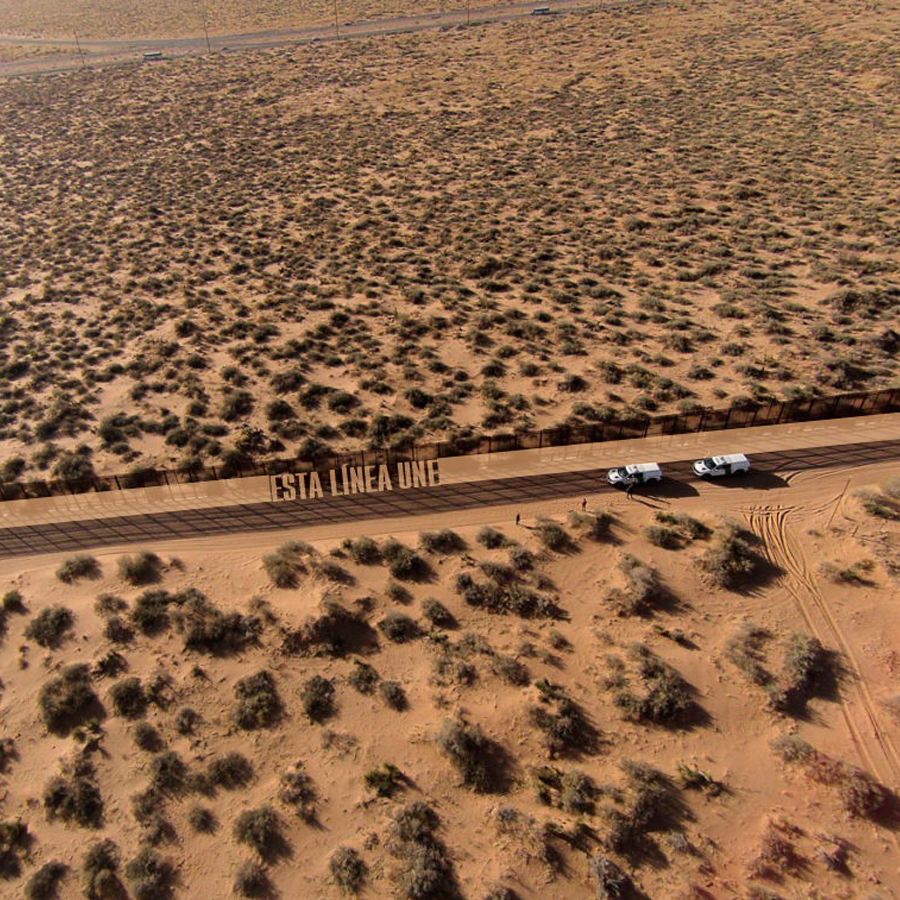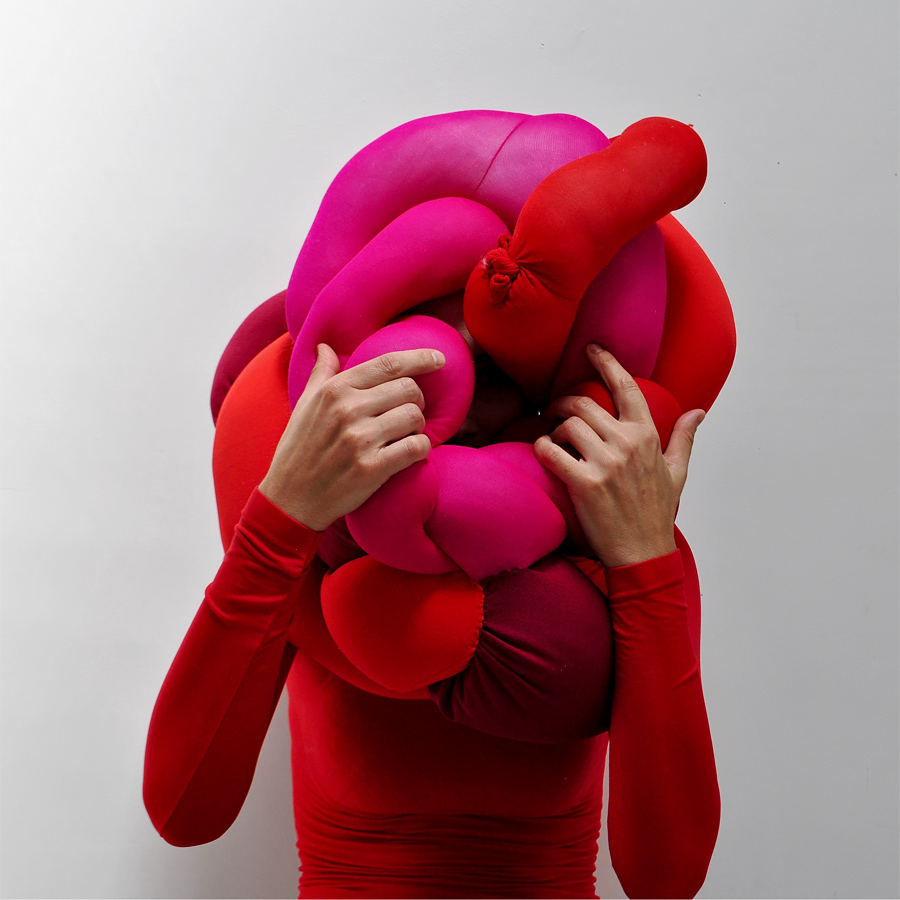Artists
Venezuela
Lusimar Torrealba
#5: Futuro
27.05.21 08.07.21
Lusimar Torrealba is a Venezuelan artist based in Caracas, whose work is materializes through an identity called Vivero (Greenhouse).
ARTIST STATEMENT
My work explores the possibility of generating sensible forms through experience. A morphology that experiences from a mixture between the organic nature of nature and the human body. Vivero is also a series that practices the realization of recurring signs as a codification of a new language, the action of sowing signs. The possibility that a form concentrates the sensitivity of a gesture or reaction allows to speak from the intimate. The fact of linking these forms in virtual media or urban interventions ends up bringing them closer to the public, converting an inner look into a manifest way that invites us to recognize the essence of the experience.
ABOUT #FUTURO
For me, Together Apart—#FUTURO opened interaction and research paradigms that until now had been slow. As collectively thought and resolved, the future brought with it unimaginable, rich and diverse results. A deeply interesting subject, there was also a fluid dialogue between art and cultures that was born on a virtual plane. This made each approach to imply a creative effort, diluting barriers between languages, forgetting the dependence on the physical.
Enter to the project: Cosas Vivas
BIO
Lusimar Torrealba
1992 | Vivero, Caracas, Venezuela
Lives and works in Caracas, Venezuela
EDUCATION
2014 | Bachelor in Fine Arts, Centroccidental Lisandro Alvarado University, Venezuela
EXHIBITIONS
2018 | Collective exhibition, Espacio NODO, Barcelona, Spain
OTHERS
2016 | Cultural Management in “La Ceiba Project” Pico Estudio
2020 | Participant in “Zona de Despeje” Visual Traffic in support of the Patricia Phelps de Cisneros Collection
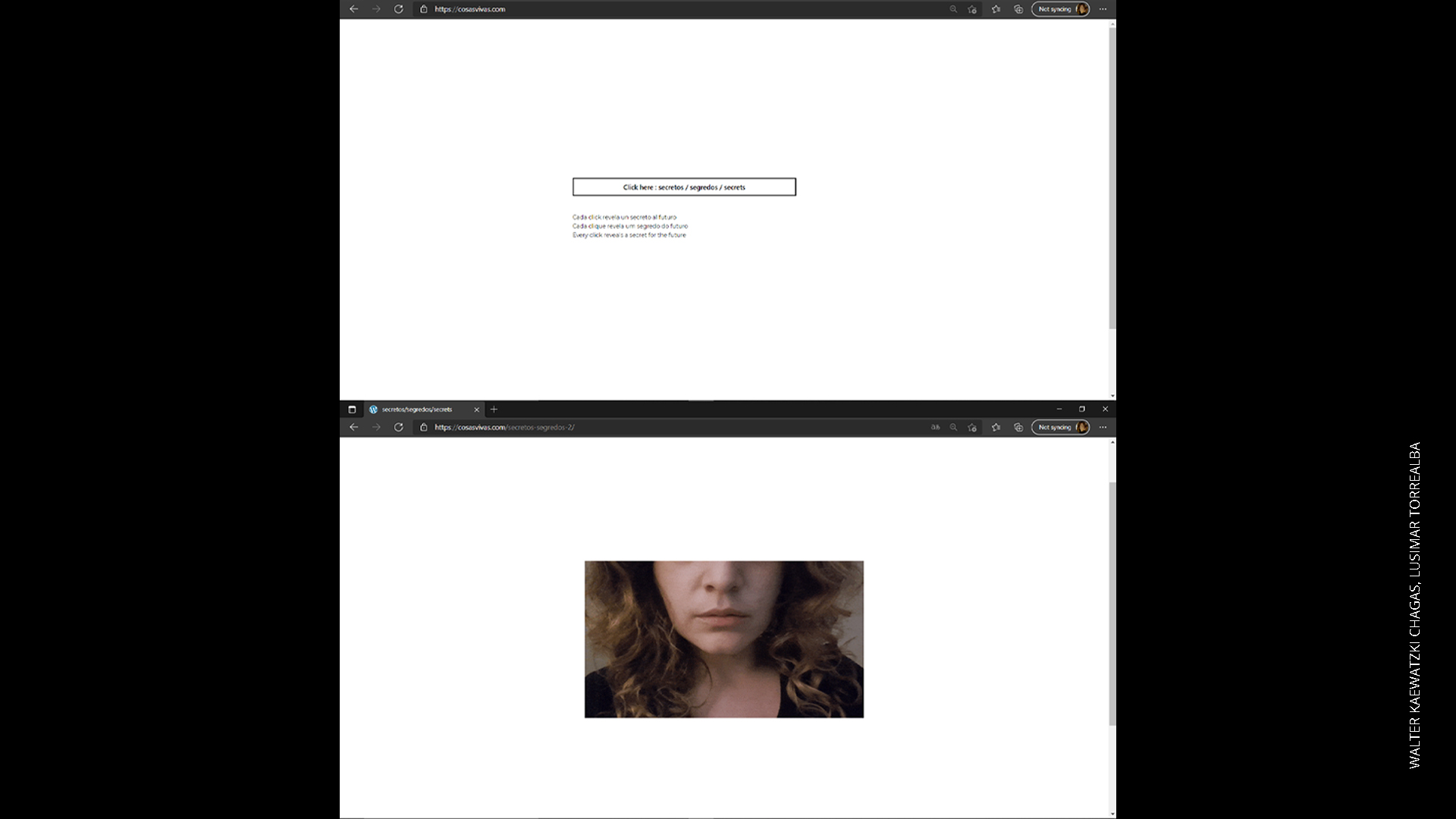


Related Activities
Encounters, Exhibitions
#5 | FUTURO: results
Artists in dialogue
08.07.21
“The stone that I was has softened; cleared the hole. That mud that he was washed away. We already comply. The way is clean. What will I say now? I will say: Good. Like the seed in its blindness, without knowing the tree of tomorrow.” Eisejuaz, Sara Gallardo
For this edition of Together Apart (Spanish cohort) we worked with the concept of the future: Is there a future? What is a gesture with future? How would a collaboration with the future look like?
It was impossible to put aside the feelings of intimidation or contradiction that wondering about the future brings in a pandemic context where instability precisely puts the continuity of life, even more, in crisis.
We took a conceptual-artistic approach to expand the different conceptions of the future from the Western world, moving between utopian and situated futures considerations, and with the intention, likewise, of thinking about other ways of conceiving time, not in a linear and progressive way but through “a proactive work of the nexus between the past and the future”. (Silvia Cusicanqui)
Together with a cohort of 14 Spanish and Portuguese-speaking artists from the American continent we initiated a process of reflection and generation of works. Those collective and individual gestures will be presented to the external public on July 8.
We worked from the sensation and reality of cancelled futures, artistic actions in social contexts where the only apparent future is precariousness. The artistic action also as an ethical gesture of reparation of the past. Other artists produced work by taking as a starting point the suspicion of the future, questioning what futures seem to be available today and pointing out limitations that exist for non-normative bodies.
Various artists identified the difficulty of thinking the idea of the future outside of a linear conception of time, and thus explored the forms of time registration offered by different technologies such as video, photo, and even mechanisms such as the wheel of a printmaking press. The manipulation of such mechanisms, and the reflection with other materials such as ashes or mirrors, allowed us to explore non-linear times and observe how different technologies allow us to expand present moments, expand what is visible to the human eye.
Processes such as recycling, fictionalization, speculative imagination were used, and research laboratories were also activated with the intention to enquiry what our senses perceive as the future. Collaborations were activated not only between the artists of the cohort but also with nature and with other species. The future as a shared secret towards which we move.
DANIELA RUIZ MORENO [ curator-in-residence ]
Related artists
#FUTURE
was the theme that inspired us in the production of the practical exercises and fueled the conceptual discussions of the fifth edition of the online program Together Apart, which took place between May 27th and June 24th, 2021.
This page compiles the results of the cohort in Spanish, which included participants from Argentina, Australia, Brazil, Colombia, Mexico, the United States, and Venezuela.
Artistas | Cohort in Spanish
Sandra Austena| Tigre, Argentina
Florencia Alborcén | Buenos Aires, Argentina
Lurdi Blauth | Sao Leopoldo, Brazil
Juan Ignacio Coronel | Córdoba, Argentina
Leonor D’ecourt | São Paulo, Brazil
Dolores Delia | Argentina connecting from Australia
Walter Karwatzki-Chagas | Porto Alegre, Brazil
Denise Koziura | Quilmes, Argentina
Bimbi Larraburu | Buenos Aires, Argentina
Cecilia Luque | Cordoba, Argentina
Frida Sofia Martínez Lerma | Chihuahua, Mexico
Marilyn Narota| Colombia connecting from New York, USA
Sebastián Nieto Ortega | Lima, Perú
Elsa Nievas | Necochea, Argentina
Nerina Rosende | Tigre, Argentina
Lusimar Torrealba | Caracas, Venezuela
